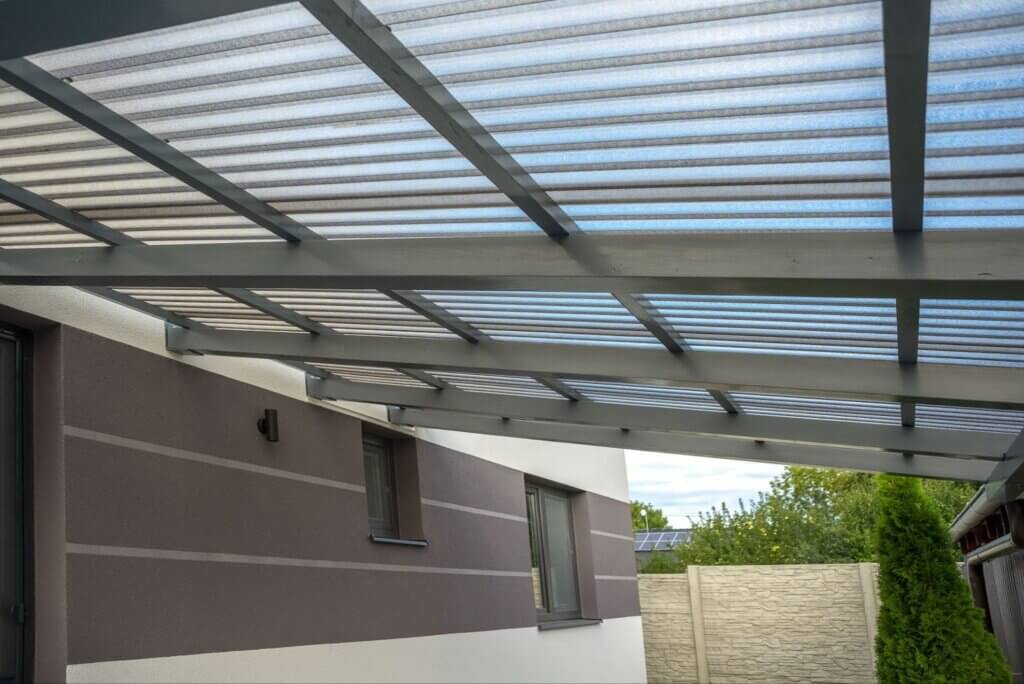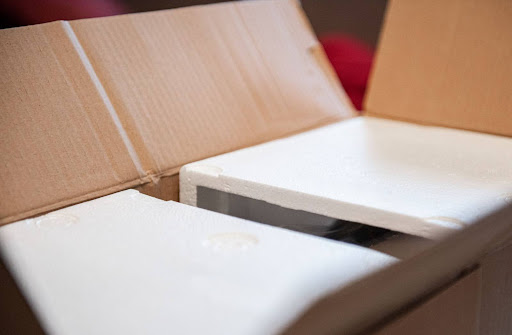The Power of Effective and Creative Signage Ideas
Implementing great signage ideas is one of the most effective ways to communicate a brand’s identity and attract customers. An underrated yet powerful tool, a well-designed sign does more than just display a company’s name—it creates an impression, evokes emotions, and guides potential customers toward action. Whether intended for retail stores, corporate offices, or event promotions, creative signage ideas are key to ensuring visibility and engagement. That’s why investing in unique and well-crafted signage strengthens a brand’s presence in a crowded market, leaving a lasting impact on customers.
Continue reading Creative Signage Ideas to Boost Brand Visibility and Attract Customers

































